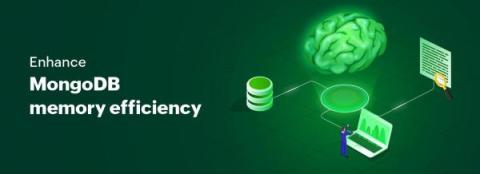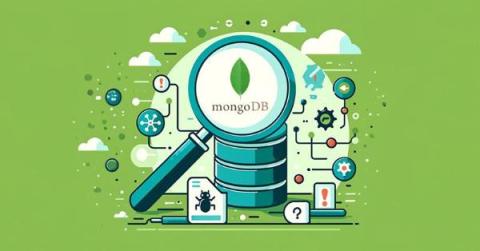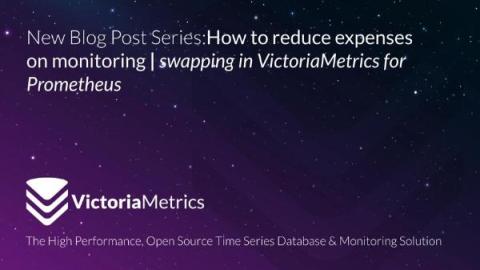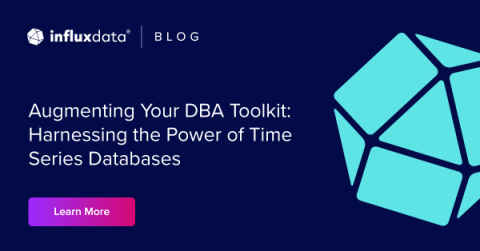How Time Series Databases and Data Lakes Work Together
In the fast-paced world of software engineering, efficient data management is a cornerstone of success. Imagine you’re working with streams of data that not only require rapid analysis but also need to store that data for long-term insights. This is where the powerful duo of time series databases (TSDBs) and data lakes can help.











